MTB Geometry – The new Normal
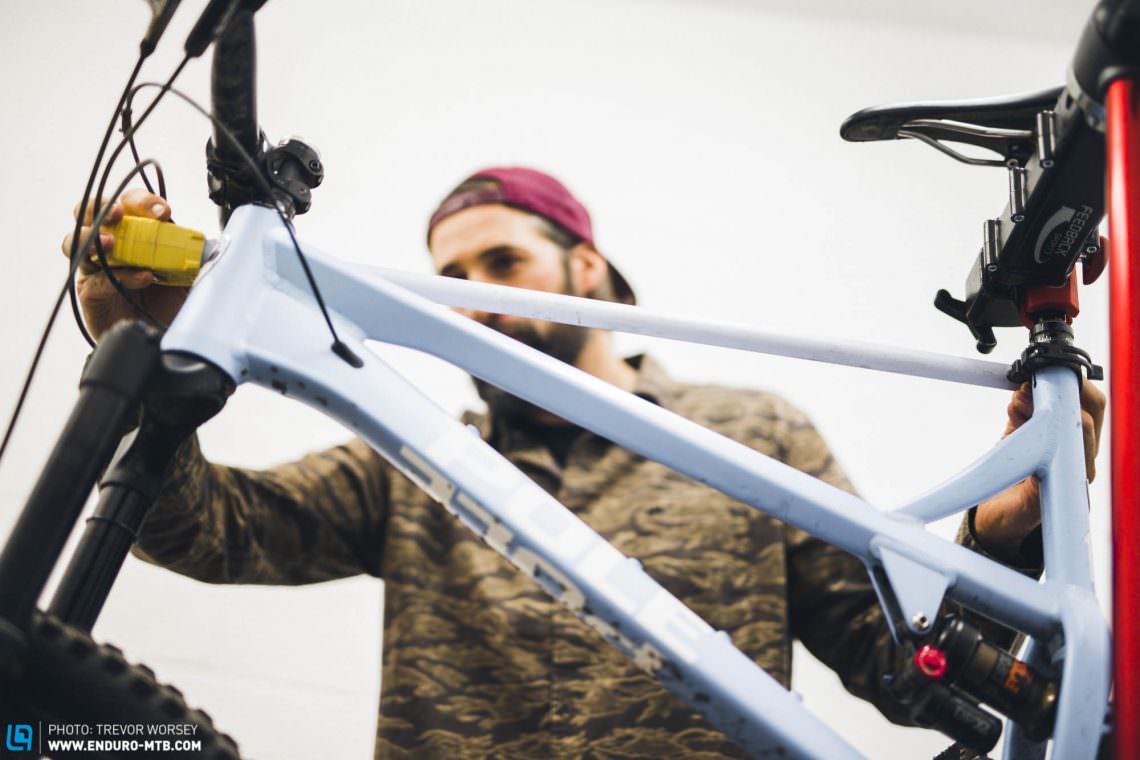
As our sport progresses, so does geometry: every brand’s new bike’s marketing mantra is, ‘Longer, lower, slacker!’. But what does ‘long, low and slack’, really mean in these days of changing standards and geometry extremes? Is there now a, ‘new normal’, in bike sizing?

Gone are the days when you would buy a bike sized purely on your height, the old standard of measuring and sizing a frame, which is based on fitting a road bike, is obsolete. Modern bikes have seen revolutionary changes to sizing, and now that 170mm droppers are available, designers do not have to size frames to accommodate a huge variation in inside leg.
For example; the latest, fourth generation, Nomad has been recently launched to great fanfare from the cycling media, and again we hear the familiar chant of ‘longer, lower, slacker’, amongst the other latest industry buzzwords. But is it? Sure, compared to it’s predecessor the head angle has been slammed by 0.4°, it’s been stretched by about 20 mm in the cockpit and wheelbase and has a, potentially life-changing, BB height reduction of 1 mm; however, when we compare it to it’s competition, does it remain long, low and slack?
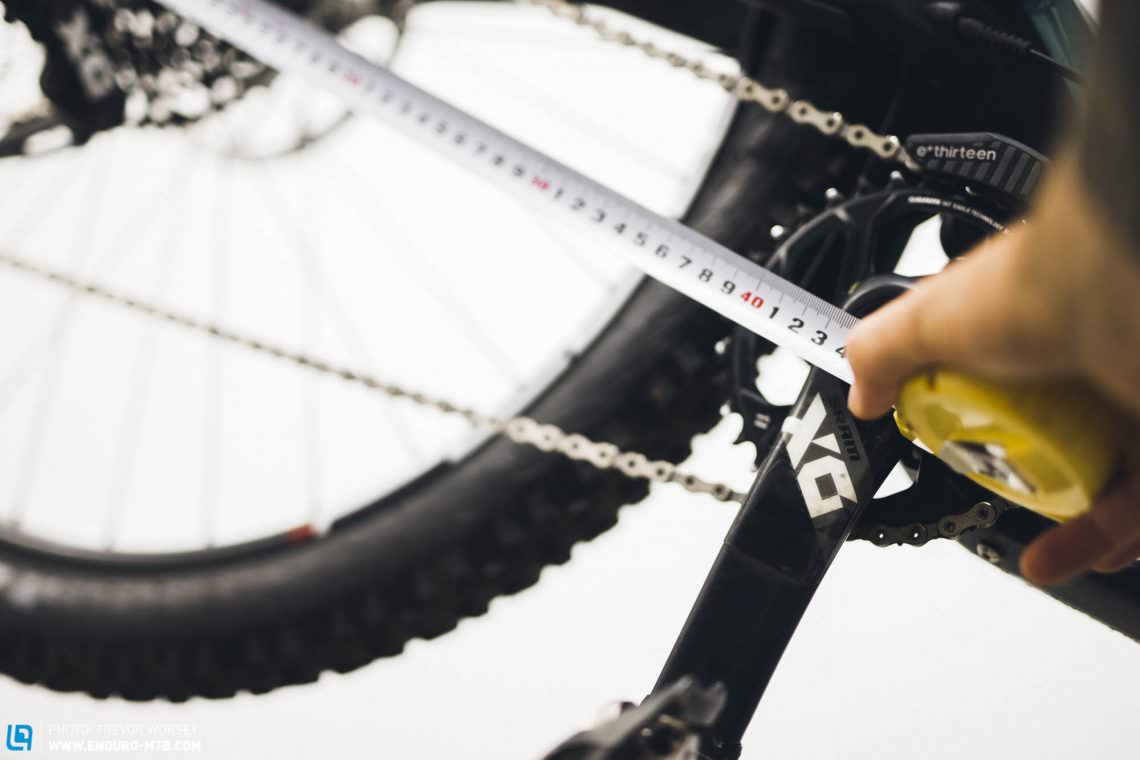
We compiled 62 of the latest bikes on the market, all a size large, to find out whether if you break down the numbers, what is the, ‘new normal’?
The New Normal Trail 27.5 Bike
A trail bike should be just that, a bike for all trails – a mountain bike if you will. Consistent in performance whether you’re climbing or descending, no matter the distance, technicality or gradient.
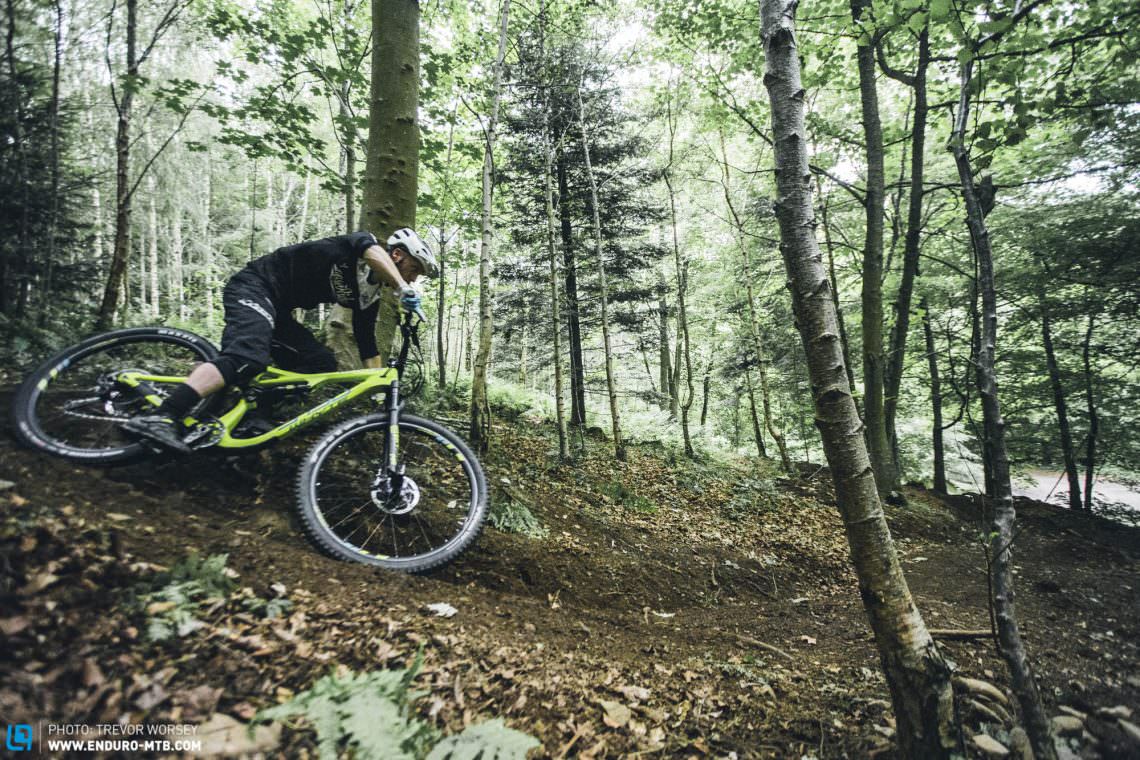
From compiling the geometry data from 21 size Large bikes in the ‘trail’ category, the, ‘average’, trail bike has just under 140 mm of travel, 455 mm of reach, a head angle of 66.7°, a seat angle of 74° and wheelbase of 1186.89 mm and a chainstay length of 430.83 mm.
Trail bikes have a reach range of 78 mm between the shortest, the Yeti SB5 at 432 mm and longest, the radical Pole EvoLink 130 at 510 mm.
Wheelbase varies by 120 mm from the shortest bike, the Ibis Mojo 3 at 1158 mm, to the longest, the Pole Evo Link 130, at 1278 mm.
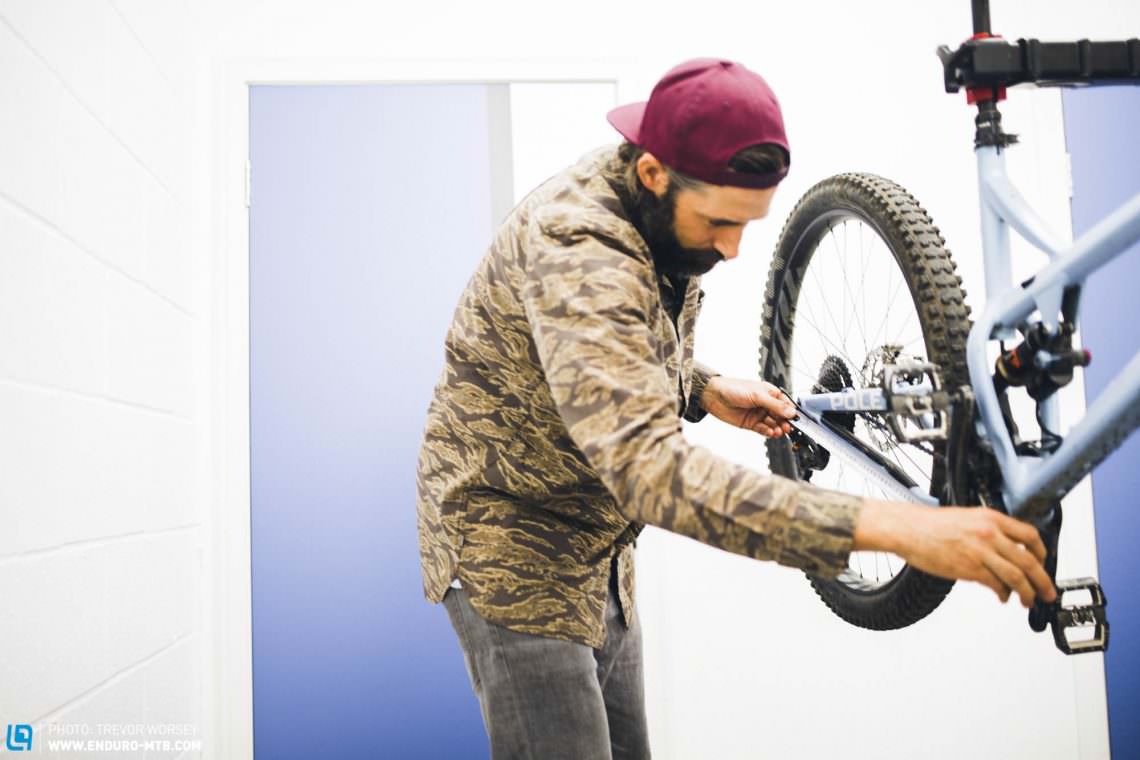
The closest physical match to the, ‘new normal’, trail bike is the Rose Granite Chief which, on paper, should be the perfect everyman allrounder.
The New Normal Enduro 27.5 Bike
Modern enduro bike design is more podium focused as enduro racing has has become more akin to multi-stage DH racing; they need to be stable at warp speed and generate the grip needed for race pace riding down super steep, rooty corners as well as being bearable to climb for extended periods to get to the next stage.
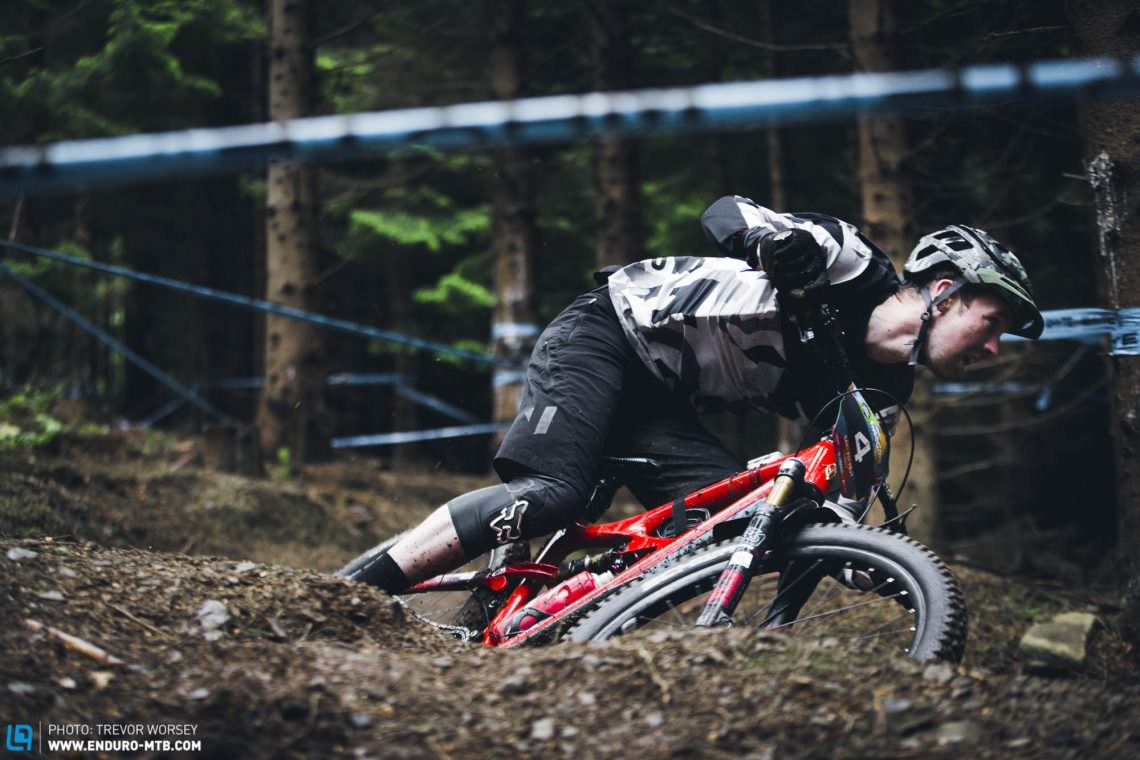
No surprises then that the average 27.5 enduro bikes have the longest travel in our analysis at 160.5 mm. Only 4 bikes, out of the 24 enduro targeted bikes, remain with sub 160 mm travel. Average reach settles at 458 mm, with a range of 70 mm from 432 mm for the Devinci Spartan to 502 mm for the Nicolai Geometron.

Head angles are predictably slacker than the trail bikes with an average of 65.5° but the seat angle stays the same as trail bikes at 74°. Chainstays lengthen slightly to 431.5 mm, boosting stability and putting more rider weight on the front wheel for super aggressive riding. Average wheelbase increases from the trail bikes by 23.89 mm to 1210.8 mm. The wheelbase range goes from 1181 mm for the Radon Slide, to 1288 mm with the Nicolai; a spread of 107 mm. However, the majority of bikes rest within 20 mm of the average.
For the 27.5 wheeled enduro bike, the, ‘new normal’, manifests in the form of the Giant Reign Advanced and the 4th Generation, Santa Cruz Nomad.
The New Normal Enduro 29” Bike
The latest heretic breed of racing 29ers are, once again, redefining the enduro bike. The data analysis addresses some preconceptions about 29ers: they do, unsurprisingly, maintain the longest chainstays with an average of 440 mm and 29ers generally have slightly steeper head angles at 66.7°. Seat angles remain consistent across all three platforms averaging 74°.

The general misconceptions that a 29er will have the longest wheelbase is out the window as our ‘average’ bike measures 1194.47 mm long; 16.31 mm shorter than the enduro 27.5 equivalent. Wheelbase spread is considerable at 121 mm, the Evil Following being the shortest at 1163 mm and the Pole Evo Link 140, the longest at 1284 mm, with the majority of bikes within 10 mm of the average.
The assumption that long wheelbase also equates to a long reach is also inaccurate as the 29ers have the shortest average reach at just 450 mm, again the Evil is the shortest at 439 mm and the Pole at 510, a spread of 71 mm.
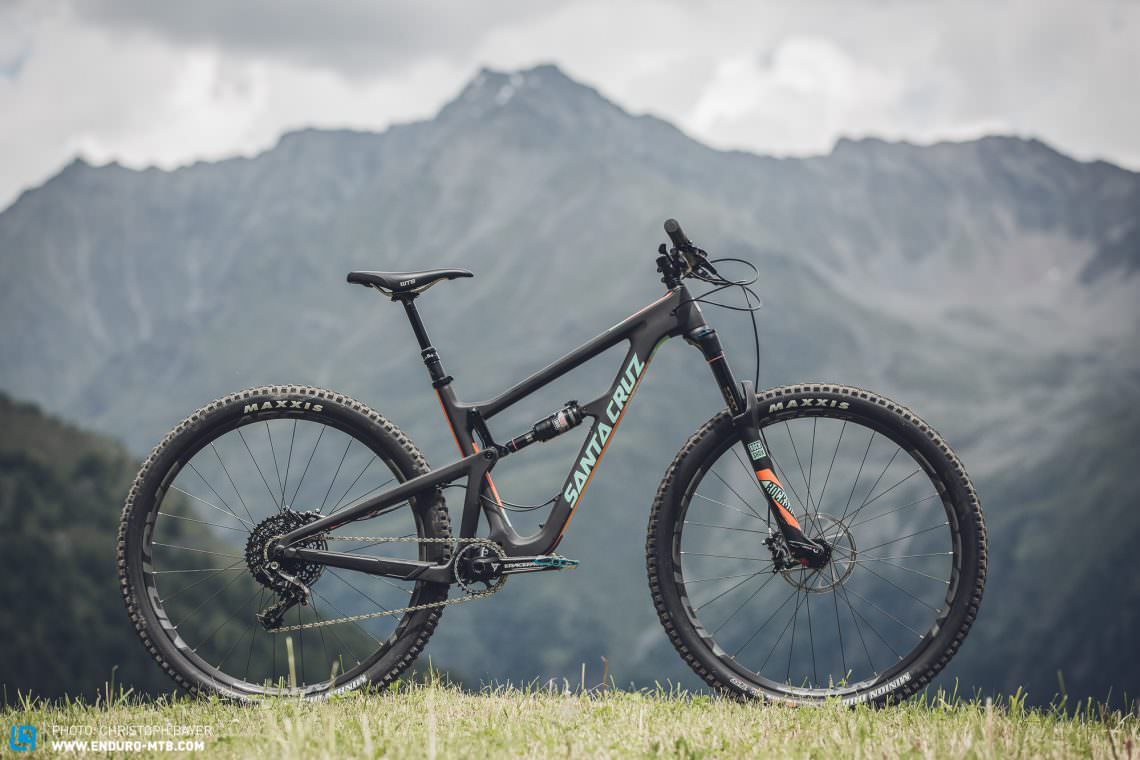
The Santa Cruz Hightower is the closest to the ‘new normal’, and a great example of the new breed of 29ers.
So what’s short, medium and long these days?
So, with the data firmly crunched, what does it mean for bike sizes? Is it all marketing hype, have our bikes changed?
Long?
When we analyse reach across all platforms, we can now confidently group our bikes into four sizes: bikes sized around the average length at 1197.38 mm are now the, ‘New Normal’; bikes with a wheelbase significantly below 1182 mm would be short, whereas a bike with a wheelbase of 1213 mm to 1223 mm are long and 1223 mm and up, very long, regardless of wheel size.
Reach?
Similarly, reach lengths can grouped into four size groups; a sub 440 mm reach should now be considered short, 455 mm is now the average reach, so bikes, within about 15 mm of this measurement are now ‘normal’ sized. Therefore, a bike would have to have a reach of 470-500 mm to be described as ‘long’ and 500 mm plus, as ‘Long Dong Silver’!
Slack?
Average head-angles pan out at 66.44°, so 66° is the new normal, less than 66° and you have slack and 67° + tight for a quicker handling bike.
Defining the new normal.
The issue we, as consumers have, is understanding what size bike we actually need and then identifying it: with enough geometry variations to confuse a NASA engineer and big budget marketing machines dangling the latest carbon fibre carrots in front of us, investing in the right bike can be a bewildering and daunting prospect.
Ask yourself whether you, as a rider, want or need the latest in enduro racing geometry? If you ride trail centres and all-mountain type terrain for fun, do you want the wheelbase that spans time-zones or the head angle of a World Cup DH bike? Or would a fast handling, playful bike be more rewarding? Or perhaps you are a KOM killer or weekend warrior looking for a super stable race bike to give you the competitive edge? So, forget buying a bike based on whether you are 178cm tall. Ultimately, it’s all about feel, so go and test the hell out of your short list!
Did you enjoy this article? If so, we would be stoked if you decide to support us with a monthly contribution. By becoming a supporter of ENDURO, you will help secure a sustainable future for high-quality mountain bike journalism. Click here to learn more.
Words: Tom Corfield Photos: Trev Worsey








